Analog and digital
2006/11/01 Lasa Oiarbide, Aitzol - Elhuyar Zientziaren Komunikazioa Iturria: Elhuyar aldizkaria
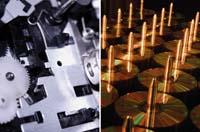
Imagine a recording studio. There, the sound waves press on the microphone. In turn, these pressure changes represent a continuous change in the tension that goes through the inside of the microphone. Finally, the recording is done according to this analog signal.
Instead of recording, the analog signal that has been created in the microphone can be transmitted using radio waves. In short, the wavelength of the electromagnetic waves is a physical magnitude that suffers a continuous change, so it meets the above definition. Radio waves are also electromagnetic waves and are used to transport radio and television signals. In this case, the signal coming from the microphone causes a continuous change in the radio wave, which can be barred at a great distance.
The analog signal depends on a variable physical magnitude, so interferences directly affect it. For example, the radio signal being emitted at a wavelength of 91.4 megahertz will receive interference from another radio signal of the same wavelength. That is why radio licenses are divided, among other things, to avoid overlapping of signals. But interferences are inevitable both in the case of radio waves and in any other analogue signal.
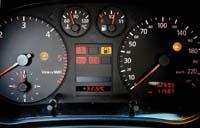
Space radiation is constantly penetrating the Earth's atmosphere and part of it is made up of radio waves. Therefore, the radio of the kitchen cannot avoid interferences, at least those that come from space. On the other hand, music is usually recorded at night. In fact, at night noise is reduced in cities, thus reducing interference in the microphones of the study. Many times these interferences are not heard by man, but are recorded in the analog microphone signal, to the detriment of sound quality. Another reason to make night recordings is that singers have a finer voice at night than at day. But that's something else.
The analog signal can be digitized
Like radio waves, the visible light is also an electromagnetic wave. Each wavelength that forms the band of visible light corresponds to a color. An analog photo camera records the wavelengths of visible light in a photosensitive film. It is an analog process because in the film the information of the wavelengths is written. But a digital camera processes that information in another way.
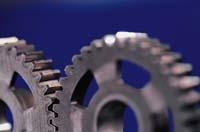
This process is not analogue. It does not record all the shades of light. On the contrary, it records only one of these tonalities for each pixel and, in addition, it archives this information as a number on a hard disk. This process is digital.
At present, a digitization is taking place in all areas of technology. Examples of this are digital cameras, but there are more examples. For example, television and radio stations have begun to transmit the digital signal.
The information society is digital
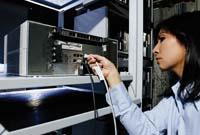
As comes from the analogy, the digital word comes from the digit. Digit or digitus, is the Latin word that means the finger, or also counting with the fingers. Therefore, a digital system does so, storing or transmitting information through numbers.
Computers write this information in binary numbers, that is, using digits 0 and 1, and normally need a lot of impressive numbers. For example, a high-resolution photo can cover 1.5 megabytes on the hard disk. This means a million five hundred thousand bytes. Considering that a byte is a number of 8 binary digits, this means that to save the photo a number of 12 million digits has been used.
Of agreement. But, what can be done to transmit such a long sequence? The transmission system must be fast or not effective. For example, if a simple computer modem transmits 28 kilobytes per second, that is, 28,000 bytes or 224,000 digits, it will take a minute to move the previous photo from one place to another. It does not seem very effective for current technology. The transmission would be effective, for example, in 5 seconds. To do this, the system should move 300 kilobytes in a second, that is, about two and a half million digits.

To avoid errors during transmission, software does not encode information in any way. If an error has occurred in a transmission, instead of 1 a 0 may appear. The software must be able to recognize the error and must correct it. Otherwise, every time the transmission is carried out, information will be lost.
More than format changes
On the one hand, digital technology is seen as a change of format; instead of being stored in analog systems, information is stored on computers using binary numbers. When making a backup on the hard disk, a digital system offers a safer way to store the information.
For example, the negatives of photos and cassettes are made of perishable material. With the passage of time this material will inevitably be damaged. However, the information stored on a hard disk will always be available, as you can make as many copies as you want without losing the information.
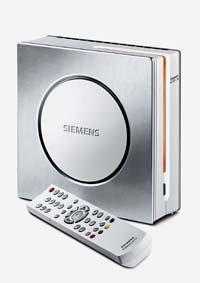
But on the other hand, digital technology is more than that, since it has the help of software to treat information. Referring back to the photos, we can use IT applications on a digitally stored photo to improve the quality of the photo, illuminate the dark photo, focus the wrong photo or recover the old photo.
To cite more examples, monitors in medicine are currently used in a much more effective way than in other times. In addition to making black and white x-rays, the part of the patient's body can now be monitored in three dimensions, and the image appears in color. If, once the scanner was used, such information would not be treated digitally, it would not be possible to obtain such images.
It is also possible that the image captured by a camera is not for people. Robots use digital cameras to "see" it. In this case the image also goes directly to the “brain” of the robot, that is, to a computer. There, the software will analyze the image and tell the robot what to do. All these things would be unthinkable in an analog system.



